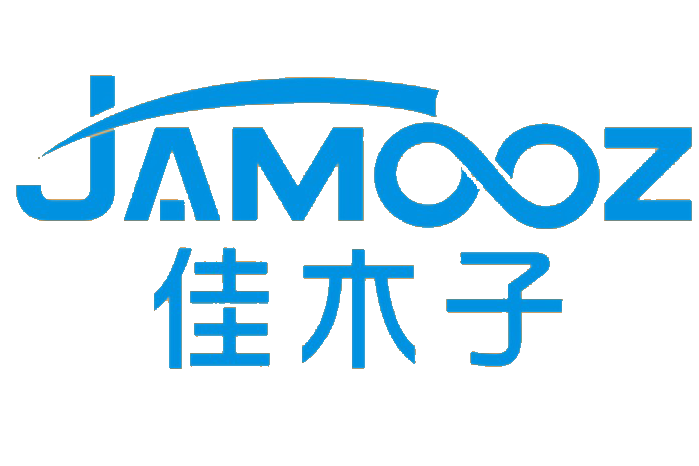Japanese manufacturers of massage devices are now casting their eyes toward foreign markets as they seek growth opportunities outside Japan. The challenge for these companies lies in figuring out how to break into new territories without losing what makes their products special. Successful entry into international markets requires careful consideration of local customs and preferences, smart use of online advertising platforms, and creating memorable experiences for customers who may be unfamiliar with Japanese wellness traditions. Brands that adapt well to different cultural expectations while maintaining quality standards tend to build stronger connections with consumers around the world.
Understanding Cultural Nuances
Getting culturally sensitive matters a lot when companies step into unfamiliar markets. Different areas have completely different takes on what they want from wellness stuff and massage products. Take Japan for example most folks there still go crazy for those old school methods passed down through generations. Meanwhile over in Europe and North America people tend to get excited about high tech gadgets that make things easier or faster. Smart brands spend real time understanding these differences before launching anything new. They adjust both what they sell and how they talk about it so it actually connects with people where they live. When done right this kind of adaptation helps build trust fast and keeps customers coming back month after month.
Leveraging Digital Marketing
For Japanese massage device companies these days, having a strong web presence isn't just nice to have anymore it's basically required. Social media, good SEO work, and smart online ads all help get products seen by people who actually want them. The best approach? Put together content that really speaks to customers needs maybe blog posts about how regular use helps with tension headaches or videos showing proper techniques for maximum relaxation. Working with influencers makes sense too, especially those already talking about self care routines or muscle recovery after workouts. Just look at what's happening in the market right now most successful brands aren't just selling gadgets they're building communities around health and wellness.
Focusing on Customer Experience
When it comes to keeping customers around and getting them back for more business, delivering a great customer experience really matters. Good support when they need help, websites that aren't frustrating to navigate, and product details that actually make sense all contribute to this. Many companies now have ways for customers to give their thoughts about what works and what doesn't, something that helps keep things fresh over time. Happy customers tend to spend more money obviously, but there's another bonus too word of mouth recommendations from satisfied buyers can be a goldmine especially when expanding into new countries where brand recognition might still be low.
Utilizing Local Partnerships
Working with local distributors and shops really helps brands get their foot in the door when entering new markets. These local folks already know the area well and understand what shoppers want, so they become valuable allies for boosting sales numbers. When companies team up for special events or promotional activities, it creates excitement about the brand that draws in curious customers. Many businesses find success by partnering with nearby wellness centers or spas where they can display their products. People get to try things out for themselves during these showcases, which makes them much more likely to actually buy something later on.
Monitoring Industry Trends
Keeping tabs on what's happening in the industry and what consumers actually want matters a lot if companies want to succeed internationally over time. Looking at sales numbers, customer reviews, and social media chatter helps brands adjust their approach when needed. Right now there's definitely a shift toward green products and wellness focused items across many countries. Japanese manufacturers of massage devices need to pay attention to these shifts. Some are already incorporating biodegradable materials or adding features that promote mental relaxation alongside physical therapy. Companies that spot these trends early and respond quickly tend to stay ahead of competitors who wait until everyone else catches on first.
In conclusion, expanding overseas presents both opportunities and challenges for Japanese massage device brands. By understanding cultural nuances, leveraging digital marketing, focusing on customer experience, utilizing local partnerships, and monitoring industry trends, these brands can effectively navigate the international landscape and achieve sustainable growth.




